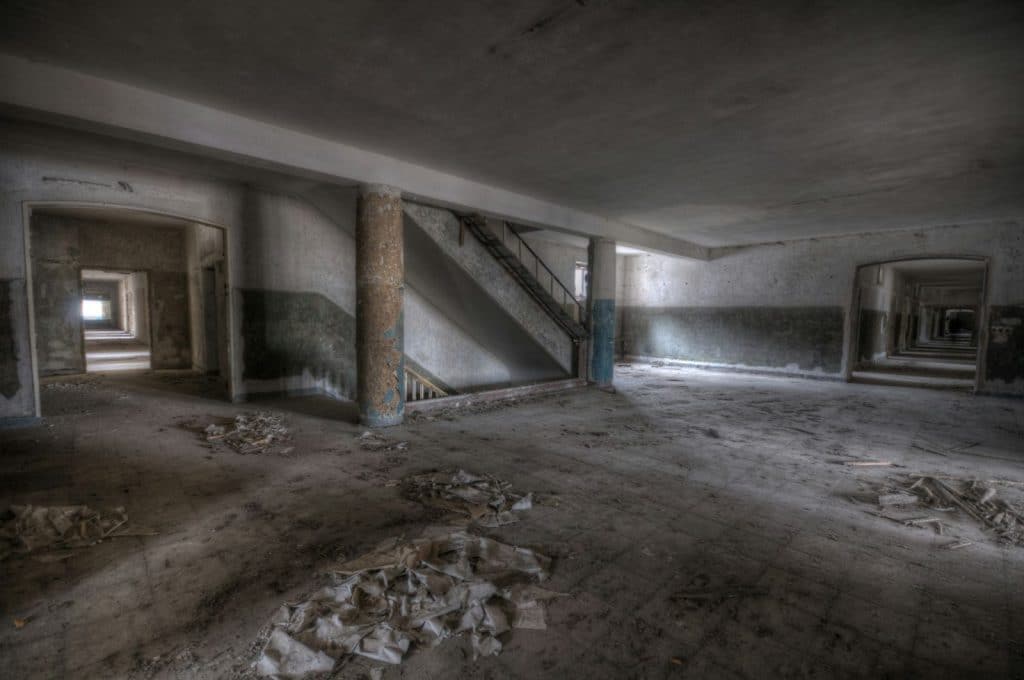Construction sites across Australia and New Zealand operate under strict regulatory frameworks designed to protect workers, the public, and the environment. Understanding compliance requirements is essential whether you’re entering the industry, managing projects, or operating a construction business. This comprehensive guide covers the critical qualifications, safety protocols, and regulatory requirements that govern construction operations across both nations.
Understanding Trans-Tasman Construction Standards
Australia and New Zealand share many similarities in construction safety approaches while maintaining distinct regulatory systems. Both nations prioritize worker safety through comprehensive legislation and enforcement mechanisms. However, specific requirements, licensing structures, and compliance processes differ between countries.
WorkSafe in New Zealand and SafeWork authorities across Australian states enforce workplace safety regulations. These organizations conduct inspections, investigate incidents, and prosecute serious safety breaches. Construction companies operating in both countries must understand each jurisdiction’s specific requirements.
International construction firms working across the Tasman face the challenge of maintaining compliance in multiple regulatory environments. Developing systems that meet or exceed requirements in both countries simplifies cross-border operations. This approach ensures consistent safety standards regardless of project location.
Foundation Safety Qualifications
Every construction worker in Australia needs a Construction Induction Card, commonly called a White Card. This qualification covers basic construction safety, hazard identification, and workers’ rights and responsibilities. White Cards issued in one Australian state are recognized nationally.
New Zealand requires Site Safe Passport training for construction site access. This program covers similar content to Australia’s White Card, including hazard management and emergency procedures. The passport system ensures all site personnel understand fundamental safety principles.
First aid qualifications represent another essential requirement across both nations. Designated first aiders must be present on sites based on workforce size and risk levels. Current first aid certificates demonstrate competency in emergency response procedures.
Hazardous Materials Management
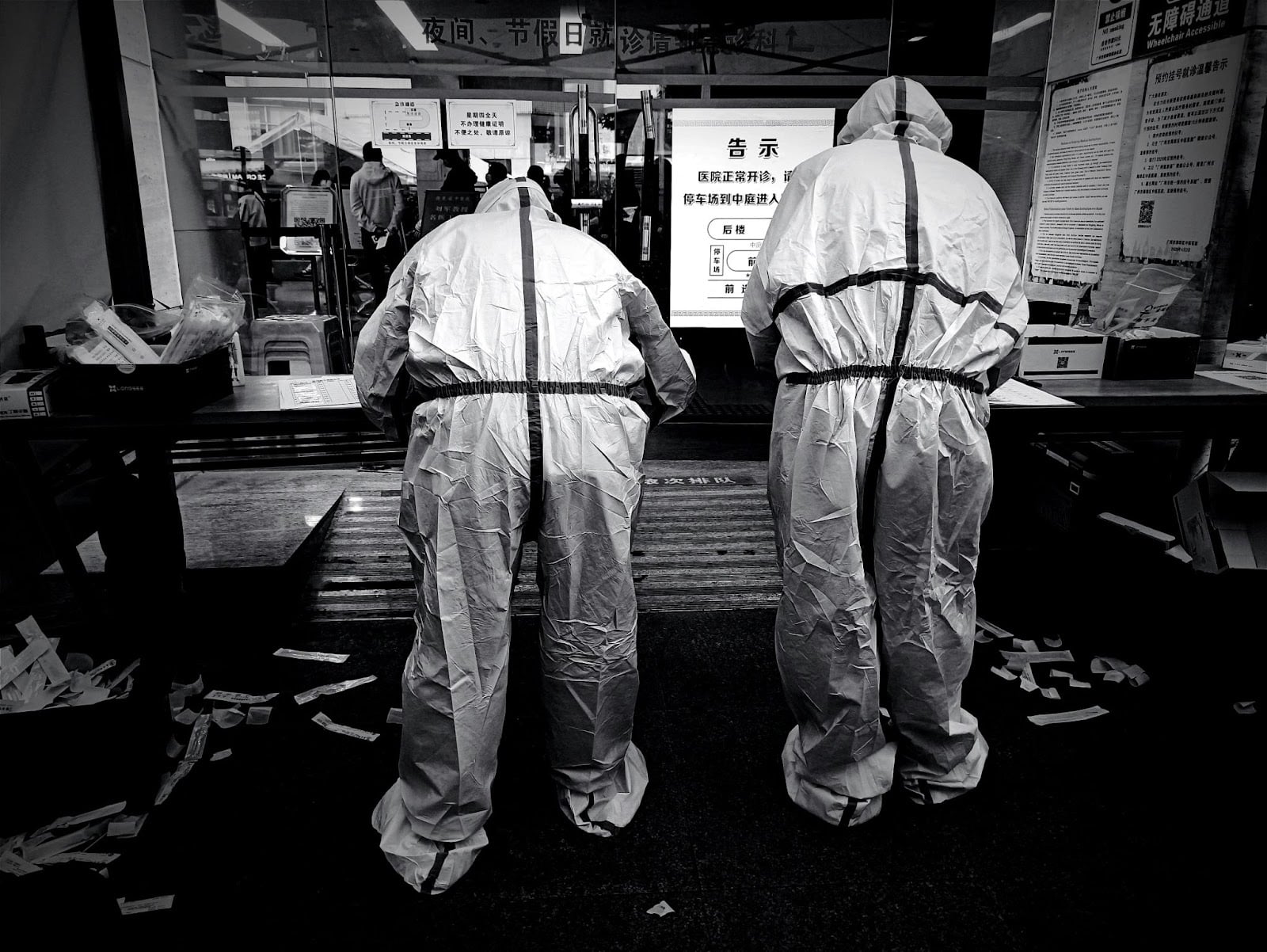
Older buildings across Australia and New Zealand often contain asbestos in various forms. Renovation and demolition work disturbing these materials requires careful management to protect workers and the public. Regulations mandate specific procedures for identification, handling, and disposal.
Licensed asbestos assessors must identify and document asbestos presence before demolition or major renovation work. Documentation requirements include material types, locations, and condition assessments. Property owners must maintain this information and provide it to contractors.
For comprehensive guidance on regulatory requirements and documentation, a properly developed asbestos management plan outlines identification procedures, risk assessments, control measures, and removal protocols that comply with WorkSafe New Zealand requirements, ensuring worker safety and legal compliance throughout renovation and demolition projects. These plans must be regularly reviewed and updated as conditions change.
Class A asbestos removal requires licensed removalists with specialized training and equipment. Class B removal of non-friable asbestos can be performed by trained workers following strict protocols. Improper asbestos handling leads to serious health consequences and significant legal penalties.
Site Access and Security Requirements
Construction sites must implement access control to prevent unauthorized entry. Fencing, signage, and security measures protect both the public and workers. Minimum fence heights and specifications vary by jurisdiction and project type.
Visitor induction procedures ensure everyone entering sites understands hazards and safety requirements. Sign-in systems track who is on-site at any time, facilitating emergency evacuations. Contractors must verify that all personnel have appropriate qualifications before site access.
Personal protective equipment requirements vary based on specific site hazards and work being performed. Hard hats, safety boots, high-visibility clothing, and eye protection represent baseline requirements. Additional PPE, including respirators, hearing protection, or fall arrest equipment, may be mandatory.
Heavy Vehicle Operations on Construction Sites
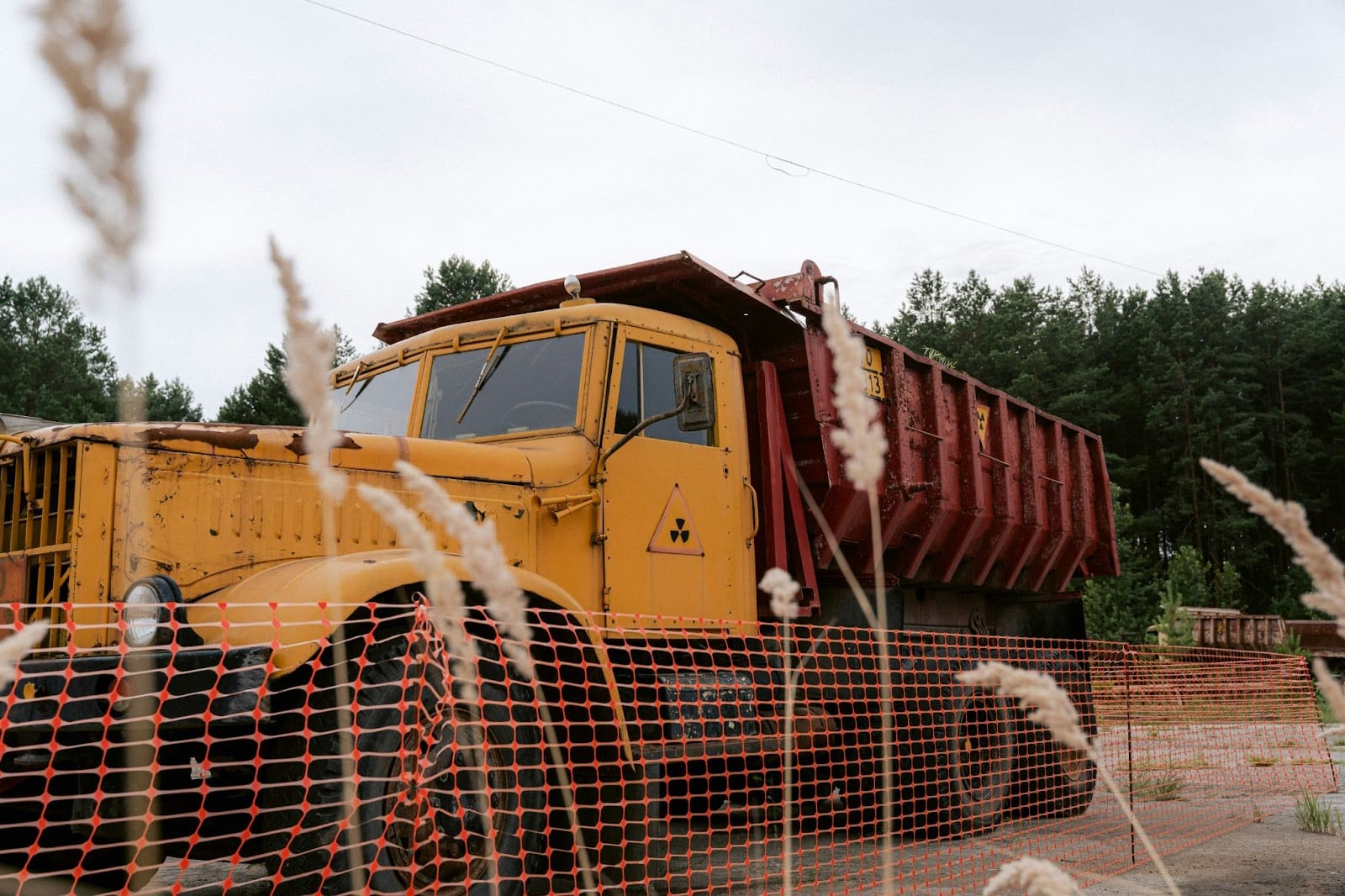
Construction sites regularly require heavy vehicles for material delivery, waste removal, and equipment transport. Operating these vehicles safely demands appropriate licensing, training, and site-specific protocols. Vehicle movements represent significant hazards requiring careful management.
Traffic management plans designate vehicle routes, loading zones, and pedestrian separation. Spotters guide vehicles during reversing and tight maneuvering. Exclusion zones prevent workers from entering vehicle operating areas.
Different vehicle classes require specific license categories in both Australia and New Zealand. Medium rigid trucks, heavy rigid trucks, and heavy combination vehicles each demand progressively advanced qualifications. Drivers must hold licenses appropriate for the vehicles they operate.
Vehicle Licensing Requirements
Australia’s graduated licensing system separates vehicles into classes based on weight and configuration. Car licenses (Class C) suffice for vehicles under 4.5 tonnes. Medium rigid licenses (MR) cover vehicles between 4.5 and 8 tonnes.
Heavy rigid licenses authorize the operation of vehicles exceeding 8 tonnes with two axles. These vehicles commonly transport construction materials, equipment, and waste. Many construction industry roles require HR licenses as minimum qualifications.
Obtaining qualifications like a heavy rigid license Perth opens opportunities in construction transport, including operating tipper trucks, concrete trucks, and equipment carriers essential to construction operations, with training covering vehicle controls, safety systems, and load management specific to heavy rigid vehicles used extensively across construction sites. These skills translate directly to construction industry employment opportunities.
New Zealand uses a different classification system with Class 2, 3, 4, and 5 licenses. Class 2 covers medium rigid vehicles, while Classes 3-5 authorize progressively heavier combinations. Understanding equivalent classifications helps workers transition between countries.
Working at Heights Regulations
Falls from height represent the leading cause of construction fatalities across both nations. Comprehensive regulations govern work at heights with strict enforcement. All work above two meters (Australia) or three meters (New Zealand) triggers specific safety requirements.
Fall prevention through proper scaffolding, edge protection, and work platforms represents the preferred control measure. Where prevention isn’t possible, fall restraint systems prevent workers from reaching edges. Fall arrest equipment catches workers if falls occur.
Working at heights training must be renewed regularly, maintaining current knowledge. Competency requirements cover hazard identification, equipment selection, and emergency rescue procedures. Supervisors need additional qualifications verifying the ability to plan and oversee elevated work.
Scaffolding and Elevated Work Platforms
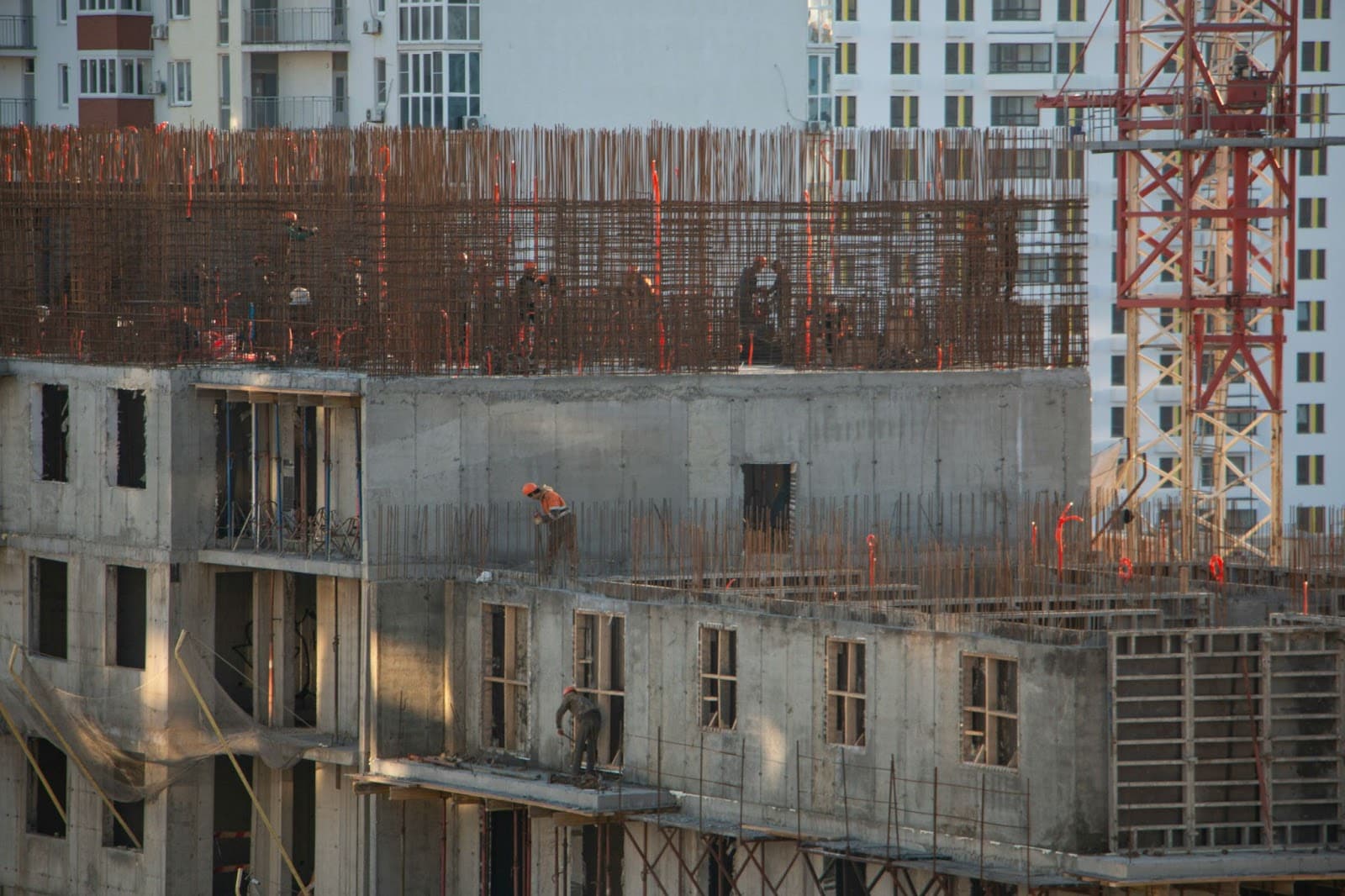
Scaffolding erection, modification, and dismantling require specific qualifications. Basic scaffolding tickets authorize work on standard scaffolds while advanced tickets cover complex structures. Scaffold inspections must occur before each shift and after modifications.
Elevated work platforms (EWPs), including boom lifts and scissor lifts, demand specific operator licenses. Training covers stability, load capacity, weather limitations, and emergency procedures. Regular equipment inspections and maintenance ensure operational safety.
Temporary edge protection must be installed before elevated work begins. Handrails, mid-rails, and toe boards prevent falls and falling objects. Inspection tags verify that scaffolds and platforms meet safety standards.
Electrical Safety on Construction Sites
Construction sites create numerous electrical hazards from temporary installations, power tools, and underground services. Residual current devices (RCDs) provide essential protection against electrocution. All electrical work must be performed by licensed electricians.
Service location before excavation prevents contact with underground electrical cables. Dial Before You Dig services across Australia and New Zealand provide utility location information. Ground-penetrating radar and hand digging verify service locations before mechanical excavation.
Overhead power lines require designated exclusion zones based on voltage. Work near power lines requires specific planning and sometimes line disconnection. Cranes and elevated equipment must maintain safe clearances from electrical infrastructure.
Excavation and Trenching Safety
Excavations exceeding 1.5 meters in depth require specific safety measures, including shoring, benching, or sloping. Soil conditions, groundwater, and adjacent structures all affect excavation safety. Competent persons must assess excavations daily before workers enter.
Underground services, including gas, water, telecommunications, and electricity, pose serious hazards during excavation. Service strikes cause injuries, fatalities, and expensive damage. Service location and verification represent critical safety steps.
Excavation edges require barriers preventing people and vehicles from falling in. Soil piles must be placed away from excavation edges, preventing collapse. Access and egress points ensure workers can exit quickly in emergencies.
Environmental Compliance Requirements
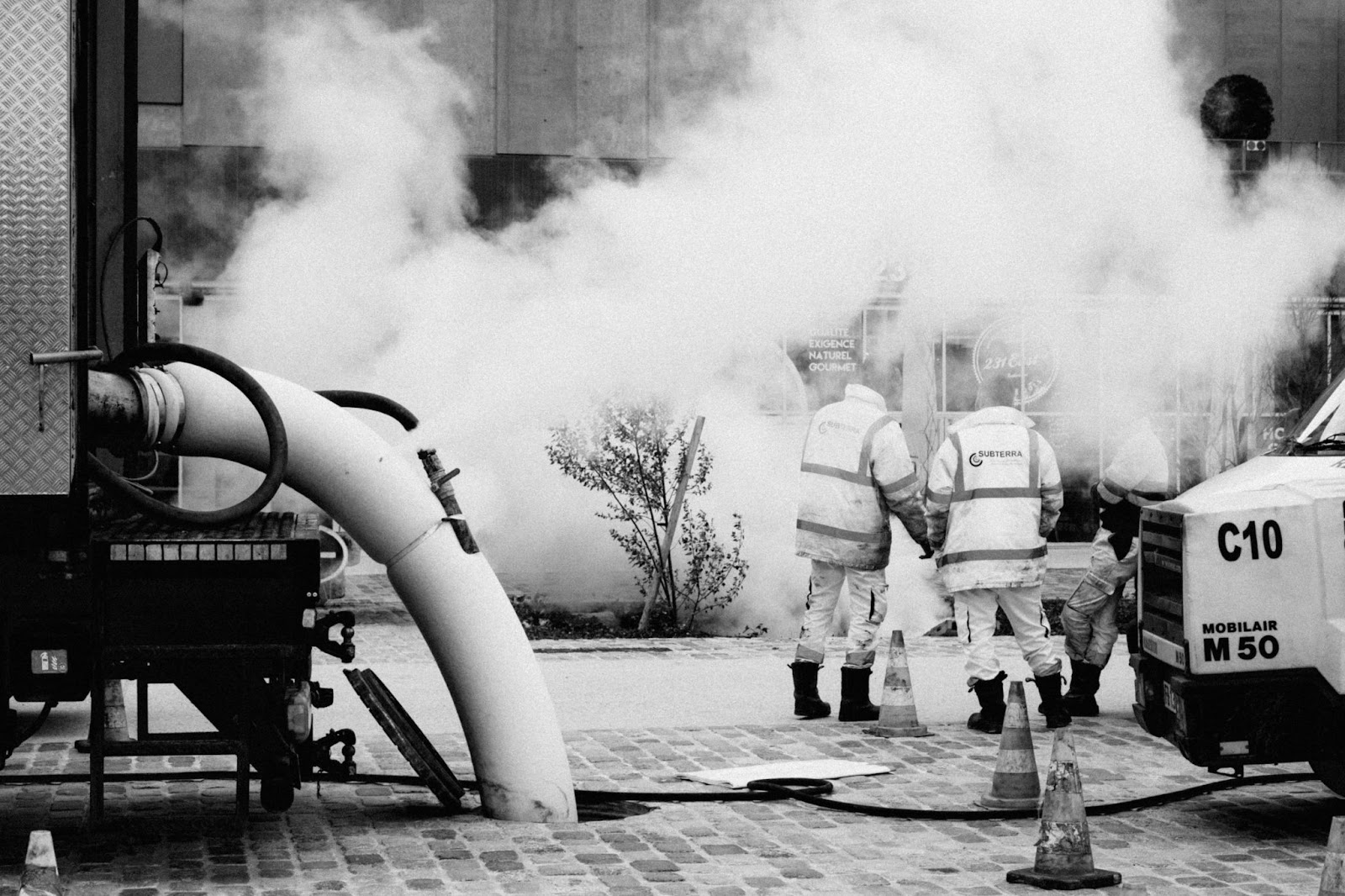
Construction activities generate dust, noise, and water pollution, requiring management and mitigation. Environmental protection regulations apply alongside safety requirements. Non-compliance results in fines and project delays.
Dust suppression through water sprays, barriers, and work method controls protects both workers and the surrounding communities. Silica dust from cutting concrete and masonry presents serious health hazards requiring specific controls. Air monitoring may be mandatory for high-risk activities.
Noise management includes restrictions on working hours in residential areas and requirements for noise barriers. Vibration from piling and heavy equipment can damage adjacent structures. Monitoring and community liaison programs address these impacts.
Sediment and erosion control prevent construction site runoff from polluting waterways. Silt fences, sediment traps, and stabilized access points contain site water. Regular inspections ensure controls remain effective throughout construction.
Confined Space Entry
Confined spaces, including tanks, pits, and trenches, require specific entry procedures. Atmospheric testing before entry identifies oxygen deficiency and toxic gases. Continuous monitoring during work detects changing conditions.
Entry permits authorize confined space work after hazard assessment and control implementation. Standby persons outside confined spaces monitor workers and initiate rescues. Communication systems maintain contact between workers and standby persons.
Specialized confined space training covers hazard recognition, testing equipment operation, and emergency response. Rescue equipment and procedures must be established before entry. Untrained rescue attempts often result in multiple casualties.
Documentation and Record Keeping
Site-specific safety management plans document hazards and control measures for each project. These plans must be reviewed and updated as work progresses. Principal contractors ensure all subcontractors understand and implement safety plans.
Safety inspection records demonstrate ongoing compliance verification. Daily hazard identification reports, weekly toolbox talks, and incident investigations all require documentation. These records prove due diligence if incidents occur.
Training records verify that all workers hold required qualifications and current tickets. Digital systems increasingly replace paper records, improving accessibility and verification. Records must be retained for specified periods varying by jurisdiction.
Insurance and Liability Requirements
Construction businesses need multiple insurance types, including workers’ compensation, public liability, and professional indemnity. Insurance certificates must be provided to principals before work commences. Coverage amounts vary based on project value and risk.
Workers’ compensation insurance is mandatory across Australia and New Zealand for businesses with employees. This insurance covers medical costs and lost wages if workers are injured. Premium rates reflect industry risk profiles and individual safety performance.
Principal contractors often require subcontractors to hold minimum public liability coverage. This protects against third-party property damage and injuries. Insurance requirements should be verified before subcontractor engagement.
Incident Reporting and Investigation
Serious incidents, including fatalities, serious injuries, and dangerous occurrences, require immediate notification to regulators. Notification timeframes range from immediate phone calls to written reports within specific periods. Failure to notify results in penalties.
Incident scenes must be preserved until inspectors authorize disturbance. This allows proper investigation of causes and contributing factors. Businesses should conduct their own investigations parallel to regulatory investigations.
Corrective actions from incident investigations prevent recurrence. Sharing lessons learned across the industry prevents similar incidents elsewhere. Industry associations often distribute safety alerts following serious incidents.
Cross-Border Recognition of Qualifications
Many Australian qualifications are recognized in New Zealand and vice versa under mutual recognition arrangements. However, specific requirements exist for certain high-risk work. Verification processes confirm qualification equivalency.
Trade qualifications obtained in one country generally transfer to the other with minor additional requirements. Registration with industry bodies may be necessary. Language requirements ensure workers understand safety communications.
Company licenses and registrations typically require separate applications in each jurisdiction. Establishing local entities or partnerships simplifies compliance. Understanding both regulatory systems thoroughly prevents costly mistakes.
Continuous Professional Development
Construction safety regulations and best practices evolve continuously. Regular training updates maintain current knowledge and skills. Many qualifications require periodic renewal through refresher courses.
Industry associations provide ongoing training, publications, and resources supporting continuous improvement. Membership often includes access to expert advice and industry updates. Networking with peers shares practical knowledge.
Online learning platforms increasingly supplement traditional classroom training. Virtual reality simulators provide realistic hazard exposure training without actual risk. Blended learning approaches combine online theory with practical assessment.
Building a Safety Culture
Technical compliance with regulations represents the minimum acceptable standards. Leading construction organizations build safety cultures exceeding minimum requirements. Strong safety culture reduces incidents while improving productivity and morale.
Worker participation in safety planning and decisions improves ownership and compliance. Safety committees representing all organizational levels identify and address concerns. Open communication encourages hazard reporting without fear of blame.
Leadership commitment demonstrated through resource allocation and personal involvement sets organizational tone. Safety performance metrics integrated into business reporting emphasize their importance. Recognition programs celebrate safety achievements.
Conclusion: Commitment to Excellence
Construction site compliance across Australia and New Zealand requires a comprehensive understanding of qualifications, safety protocols, and regulatory requirements. Meeting these standards protects workers, businesses, and communities. Compliance should be viewed as a minimum acceptable practice with continuous improvement as the goal.
Investing in proper qualifications, training, and safety systems reduces incidents while improving efficiency. Workers with appropriate skills operate more safely and productively. Organizations that demonstrate strong safety performance attract high-quality employees and clients.
The construction industry continues to evolve with new technologies, materials, and methods, requiring adaptive compliance approaches. Staying informed about regulatory changes and industry best practices maintains a competitive advantage.
Commitment to safety and compliance excellence positions businesses for long-term success across the Tasman construction market.
